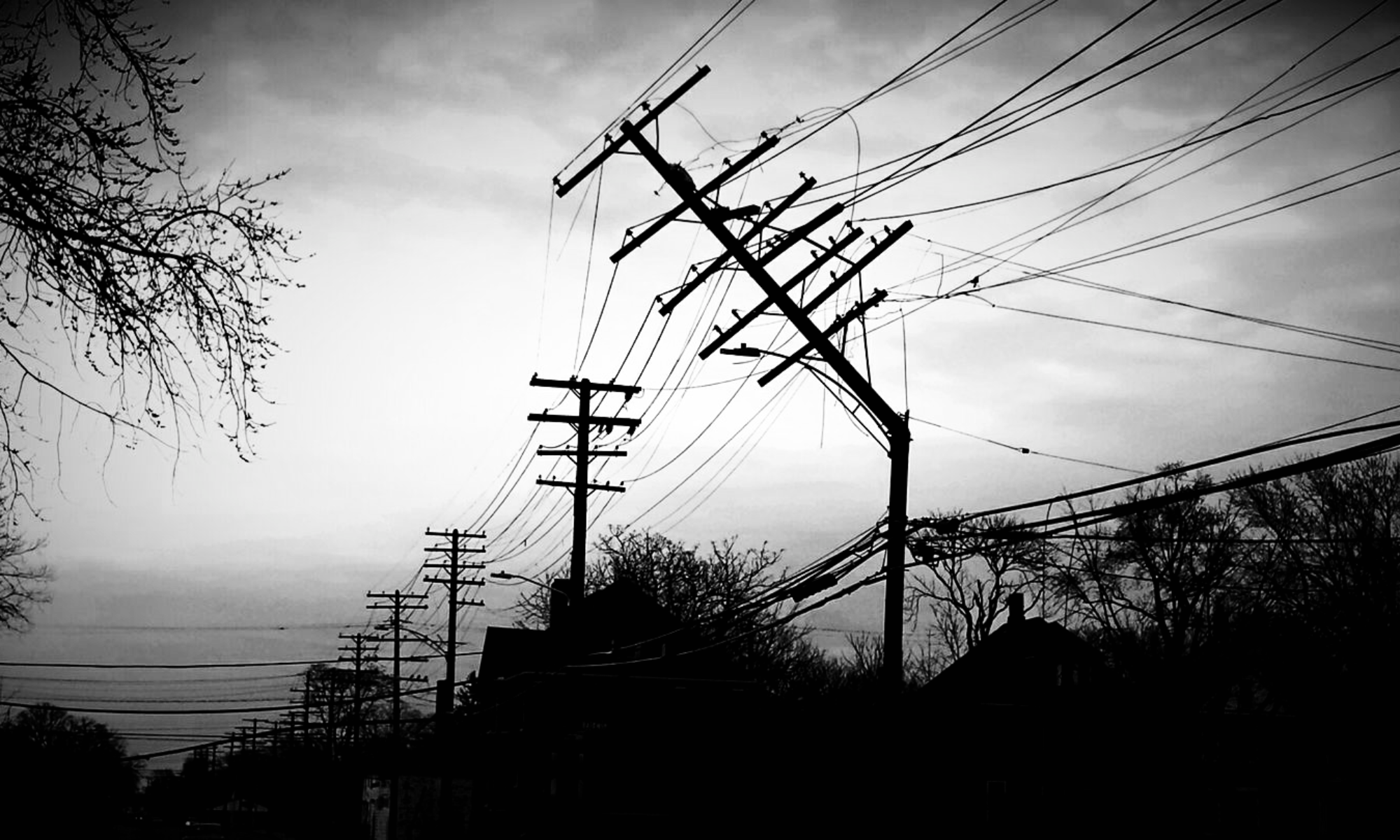 This was originally published in The Michigan Citizen, March 5, 2013
This was originally published in The Michigan Citizen, March 5, 2013
This is the final column in our series discussing the Environmental Justice Principles drafted and adopted by delegates to the First National People of Color Environmental Leadership Summit held Oct. 24-27, 1991. EJ principle 17 requires that we, as individuals, make personal and consumer choices to consume as little of Mother Earth’s resources and to produce as little waste as possible; and make the conscious decision to challenge and reprioritize our lifestyles to ensure the health of the natural world for present and future generations. (www.ejnet.org/ej/principles.html).
We come to the close of our commentary on the environmental justice principles as we approach the close of the 10-day timeframe to appeal Governor Snyder’s financial emergency declaration and the announcement of an emergency manager. While it is challenging to rally behind the ideals of ‘personal choice’ and ‘conscious decisions’ that EJ principle 17 embodies when confronted with the long-threatened reality of emergency management, it does present an opportunity to consider how we may be able to ‘challenge and re-prioritize our lifestyles’, our own thoughts and deeds, in the face of this political and economic shift.
Lottie Spady closed her recent column by asking, “what does it look like to choose in our own best interest?” Making personal choices to consume less, while a privileged option, seems and may be beneficent. But currently, the lines between truth and marketing are often intentionally blurred. Whether we are considering products on a shelf or a strategic framework for urban development, deception and misinformation have become acceptable terms of engagement in a free market economy.
To make informed, conscious decisions we have to become vigilant in deconstruction and analysis. Frankly, we have to cut through many, often imperceptible, levels of bullshit and distortion to determine what’s going down around us and to determine if we’re acting in our own best-interest, in the interest of the greater good or in the slippery degrees of otherwise. Case in point being the State Financial Advisory Board’s findings on Detroit’s economic status. While the Governor and those who would benefit the most from emergency management endorse the FAB’s findings, existing and hopeful candidates in the November election have suggested the State books are cooked and that Detroit is not as destitute as we are led to believe.
I hesitate comparing Detroit’s financial status to packaged food, but as I look at the spin and distortion I am reminded of how deceptive and manipulative food marketing and labeling can be. It took me years to teach myself to stop reading the bold letters, NEW, IMPROVED, HEALTHY, NATURAL on the front of packages and to start looking at the actual ingredients and nutritional content listed in small print on the back. Many cite the deregulating trends of the 80s, but somewhere along the way, companies began taking liberties with facts to promote products and influence spending. They began to market to what their research determined to be our wants, rather than our needs.
This approach, justified by profit increase, served to reinforce the already powerful mantra that ‘what is best for the company’, as a job provider and revenue generator, ‘is also best for the people’. If it is profitable then, without regard for the health and well-being of individuals or society, it is framed as not only as ethical, but also as the best and/or only option. The goal in this, as far as I’m able to discern, is to move profitable products, ideas and ‘isms’ into the realm of indoctrinated assumptions that promote the ‘best and only’ into ‘the way it is’. It both infers and blatantly states that to do otherwise would be counter-productive, obstructionist, insane and even pestilent. The disconnect between the marketed information on the front of the package and the reality relegated to the back mirrors the discrepancies and contradictions found in the supposed options, personal and consumer lifestyle choices, given across the board.
The players in the economic and political coup d’état unfolding around and between us make use of these marketing and culture shaping strategies to great benefit. The notion of being progressive, for example has shifted from a term used to denote ‘forward-thinking” leftist to a generalized dedication to ideological progress across the spectrum. How is it that many who self-identify as progressives can support, through irony, apology, or silence, economic and political efforts that are antithetical to meaningful or substantial benefit for all Detroiters?
In a recent Huffington Post article economist William Black called out progressives who often unwittingly support austerity measures. He cites college-level indoctrination into the neoliberal economic mythology, “that austerity is the answer and that mass unemployment and prolonged recessions are small prices to be paid (by others) to achieve the holy grail of a balanced budget.” (http://tinyurl.com/afnpqea) Austerity economics promote polices that meet the demands of crisis by taking the most from those with the least and that place emphasis on abstract market-based concerns, like balancing budgets, over root issues like public education, safety, and poverty reduction.
I no longer consider it conspiracy theory or paranoid delusion; in Detroit and other contentious geographies across the globe, things as they appear to some are simply not as they are for others. In geographies where the majority live at or below the so-called poverty level, austerity economics and politics render hinterlands, in-between spaces, that exist as juxtapositions mixing objectivist dreams made flesh and unprecedented, justified yet demonized efforts at obstructionism. In these ‘spaces-between’ notions of progress, creativity and innovation can be used to promote agendas that stand in stark contrast to notions of equity, democracy or meaningful community resilience. After all, we all want Detroit to have less blight, to progress right?
An example rises in the recently rolled-out and frequently referenced billionaire’s commonwealth proposed for Belle Isle. Presented in the press as novel, yet undesirable, it sounds like a fantastical shot in the dark, but the plan is actually a rather overzealous local spin on so-called “progressive” development strategies being proposed globally. Specifically, a proposal for two ‘charter cities’ in Honduras has been gaining traction through political interventions, coup d’état, the removal of judges opposed to the project and the like. (http://tinyurl.com/d4kozft) Proposed on contested land occupied by indigenous peoples, the promotional video for these Honduran charter cities bears an eerie resemblance to the Belle Isle proposal. These charter cities are promoted domestically and abroad as an example of how progressive, creative, innovative and of course, business-friendly Honduras is. Just don’t pay attention to the dismissal of democracy or the displacement of the people who currently live there.
Again, the lines are blurred, progress is good, right? The two divergent yet interconnected and relative realities emerging around us, one deemed progressive and the other anti-progress seem similar to this scenario in Honduras. The dystopian, dehumanized and corrupt reality of disaster capitalism making way for what is presented as a mandatory homogenized development framework that calls out citizen voice or anything other than the company line as obstructionist. While choice and lifestyle change are foundational in any personal or cultural paradigm shift, for me EJ principle 17 introduces many contradictions that are important to consider as we move forward, as we truly progress.
As our principle encourages us to make conscious decisions and challenge ourselves, are we also willing to challenge our own indoctrinated assumptions around what is possible and what is acceptable when it comes to economics and politics? Sadly, I’ve shared with many Detroiters I consider ‘progressive’, you know, creative and innovative folk from all walks and talks, who remorse that gentrification is just the way it goes in urban spaces. They think it’s a shame we have to remove democratic representation to ‘save’ Detroit and believe unflinchingly that balancing the budget is part and parcel with saving the city in the first place.
I perceive that a gauge of progress in Detroit is directly related to our demand for democratic representation especially in the face of it’s threatened elimination, our strong stance against the displacement of peoples, foreclosures, cuts in services and security, and upon our ability to frankly address inequities and disparities through systemic transformation.
– END-
 Written in 2013, recorded in the family temple.
Written in 2013, recorded in the family temple.

 Strategic Proposal, Concept Paper, Narrative Disrupter, Culture Hack
Strategic Proposal, Concept Paper, Narrative Disrupter, Culture Hack This was originally published in The Michigan Citizen, March 5, 2013
This was originally published in The Michigan Citizen, March 5, 2013